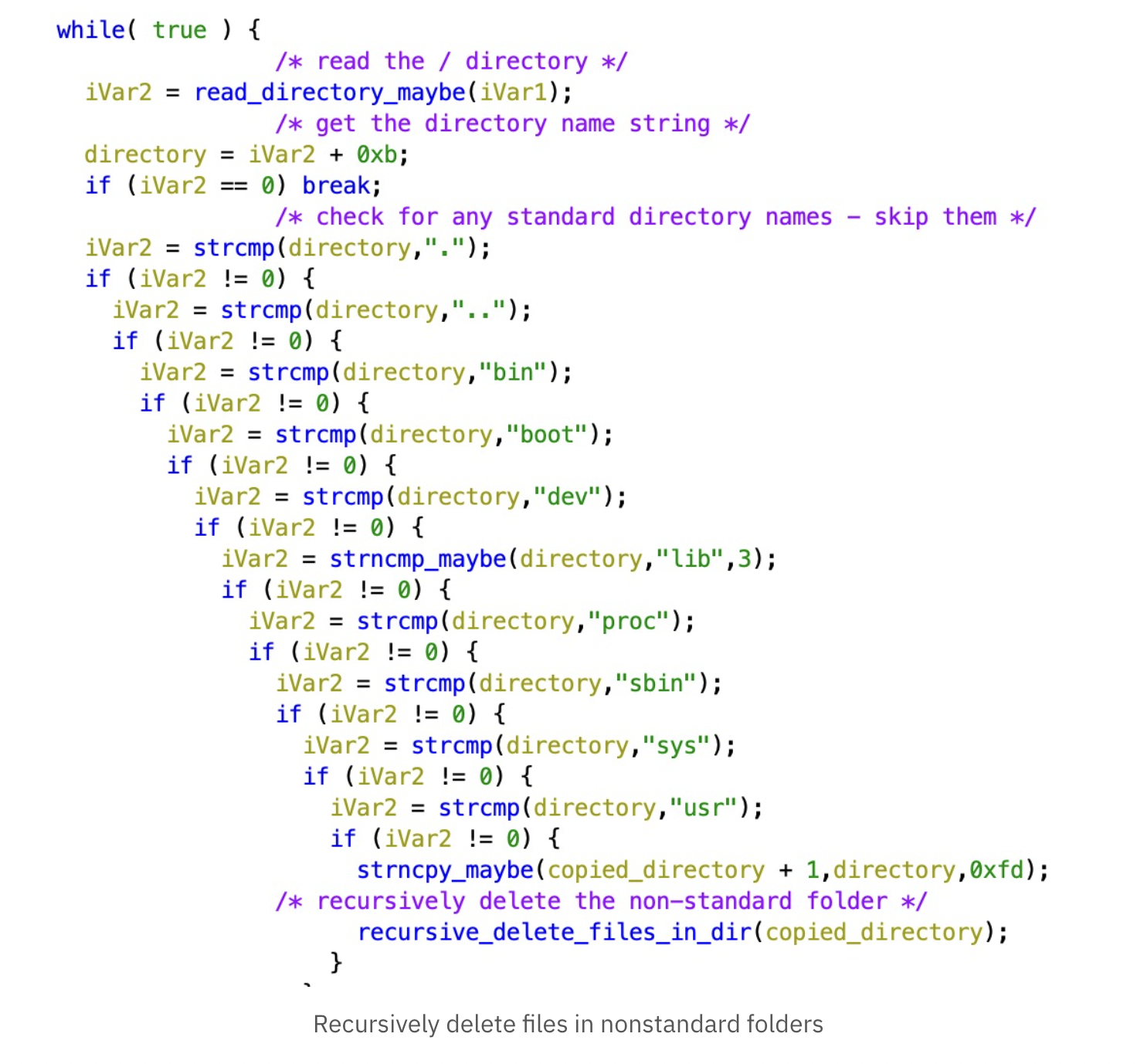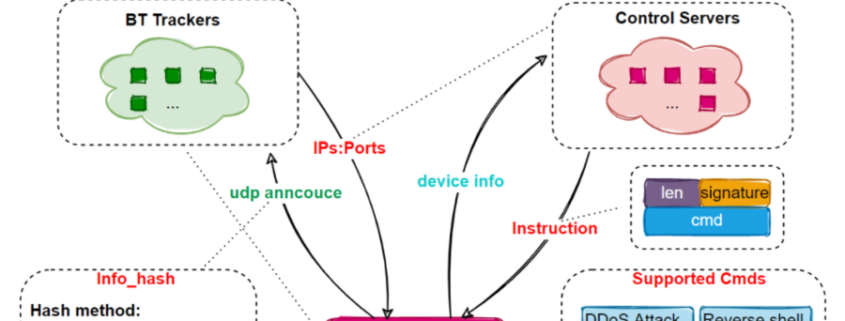Russian hackers increasing efforts after cyberattack shut down Ukraine internet
Russia carried out a cyberattack during the beginning of its invasion of Ukraine, cutting off from the internet thousands of modems throughout Europe, officials from the U.S., Great Britain, Canada, Estonia and the European Union announced Tuesday.
SpaceX founder Elon Musk, whose Starlink satellites have helped ensure Ukrainians’ access to the internet amid Russia’s invasion, warned that Kremlin forces are “ramping up their efforts.” So far, “Starlink has resisted Russian cyberwar jamming & hacking attempts,” he added.
Russian hackers attacked Viasat’s KA-SAT network in late February as Russian forces marched into Ukraine, the Western governments reported.
U.S. Secretary of State Antony Blinken said Russia launched the cyberattack to “disrupt Ukrainian command and control during the invasion, and those actions had spillover impacts into other European countries.”
British Foreign Secretary Liz Truss called the cyberattack “deliberate and malicious.” Russia was primarily targeting the Ukrainian military, but had disrupted wind farms and internet users in Central Europe, as well, Truss added, citing Britain’s National Cyber Security Centre.
The Council of the European Union said the digital hack caused “indiscriminate communication outages” in Ukraine and other EU member nations.

“This unacceptable cyberattack is yet another example of Russia’s continued pattern of irresponsible behavior in cyberspace, which also formed an integral part of its illegal and unjustified invasion of Ukraine,” the council said in a statement.
The cyberattack caused immediate outages for satellite internet users across Europe and affected modems had to be manually replaced.
“After those modems were knocked offline it wasn’t like you unplug them and plug them back in and reboot and they come back,” U.S. National Security Agency Director of Cybersecurity Rob Joyce told Reuters. “They were down and down hard; they had to go back to the factory to be swapped out.”





